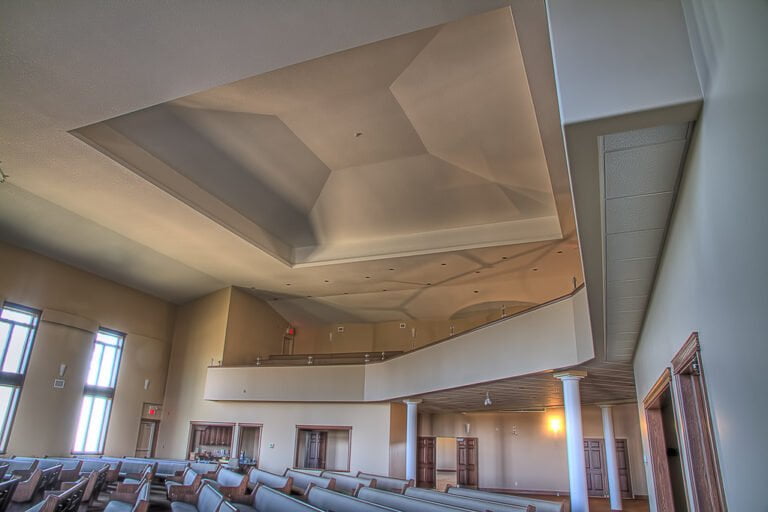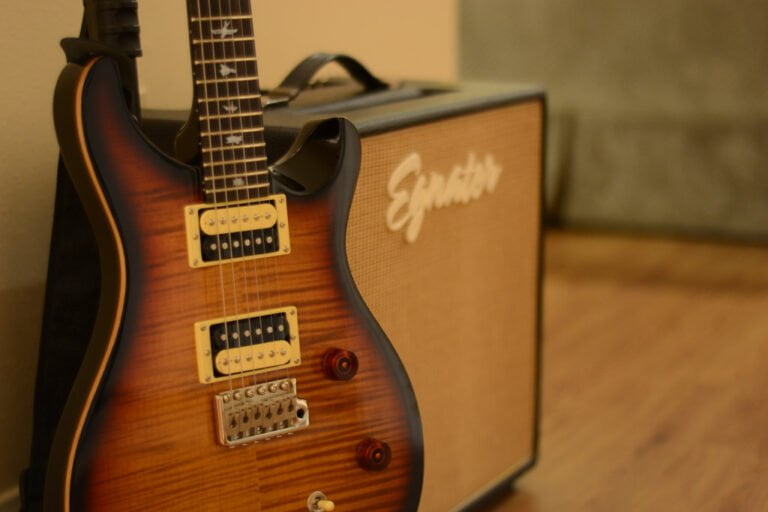Acoustic Treatment Placement: Optimizing the Positioning of Panels and Traps
Hey there! Are you eager to enhance the sound quality in your space? Well, get ready to dive into the fascinating world of acoustic treatment placement. In this article, we’ll explore the crucial role of strategically positioning panels and traps to achieve amazing results. So, let’s dig in, shall we?
We are supported by our audience. When you purchase through links on our site, we may earn an affiliate commission, at no extra cost for you. Learn more.
First things first, let’s talk about why the placement of these panels and traps is so important. Just like a chef carefully arranges ingredients to create a delicious dish, placing acoustic panels and traps in the right spots can transform the audio experience in your room from ordinary to extraordinary. It’s all about finding that sweet spot where sound waves bounce and absorb in just the right way.
Now, let’s consider some factors to keep in mind when deciding where to position your panels. Think about the size and shape of your room. Is it a cozy home studio or a grand concert hall? Each space has its own unique characteristics that will influence panel placement. You’ll also want to consider the purpose of the room. Are you recording music, mixing audio, or simply enjoying your favorite tunes? Different purposes may call for different panel configurations.
When it comes to actually placing the panels, there are some general guidelines to follow. Start by identifying the primary reflection points, which are areas where sound waves bounce off the walls and can cause unwanted echoes or muddiness. By strategically placing panels at these reflection points, you can tame those pesky sound reflections and achieve a more balanced and focused audio experience.
But wait, we can’t forget about trap placement! Just like a superhero catching villains, acoustic traps work to capture and absorb low-frequency sound waves. They can be particularly helpful in controlling bass resonance and creating a more controlled and accurate sound in your space. So, make sure to consider adding traps in areas where low-frequency buildup is a concern.
Remember, the goal here is to find the perfect balance between absorption and diffusion. It’s like finding the right mix of ingredients in a recipe – too much salt and your dish is ruined, but just the right amount adds that perfect flavor. Similarly, finding the right balance in your acoustic treatment placement will result in a space that sounds amazing.
So, whether you’re setting up your home studio or fine-tuning a concert hall, this guide has got you covered. With expert tips and a bit of experimentation, you’ll be able to create an audio experience that will blow you away. So, let’s get started and unleash the full potential of your space!
Importance of Acoustic Treatment Placement
To maximize the effectiveness of your acoustic treatment, proper placement of panels and traps is essential. The placement of these elements can greatly impact the sound quality and overall performance of your space. When positioning panels, consider placing them at first reflection points, which are the spots where sound waves bounce off the walls and reach your ears. By strategically placing panels at these reflection points, you can minimize unwanted reflections and improve the clarity of the sound. Additionally, trapping low-frequency energy is crucial for achieving a balanced sound. Placing bass traps in corners and along walls can effectively absorb the low-frequency energy and prevent it from building up and causing muddiness in the sound. By understanding the importance of acoustic treatment placement and implementing it correctly, you can optimize the acoustics of your space and create an environment that fosters innovation and creativity.
Factors to Consider for Optimal Placement
When considering the optimal placement of acoustic treatment panels and traps, there are several factors you should take into account to achieve the best results. First and foremost, you need to consider the dimensions and shape of your room. The size and layout of the space will determine the number of panels and traps required, as well as their placement. Additionally, the type of acoustic treatment you choose will impact its optimal placement. Absorption panels are typically placed on the walls and ceiling to control reflections, while bass traps are strategically positioned in corners to reduce low-frequency buildup. It is also crucial to consider the listening position and speaker placement to ensure that the sound is properly balanced and accurate. By considering these factors, you can optimize the placement of acoustic treatment panels and traps to create a precise and immersive listening experience.
Placement Guidelines for Acoustic Panels
Considering the factors discussed earlier, you can now determine the optimal placement for your acoustic panels by following these guidelines. First, identify the primary reflection points in your room, which are the points where sound waves bounce directly off the walls. Place panels at these locations to minimize reflections and improve sound clarity. Next, consider the corners of the room, as these are areas where sound tends to accumulate and create standing waves. Install bass traps in these corners to absorb low-frequency energy and reduce bass build-up. Additionally, if you have a home theater or recording studio, consider placing panels behind the speakers or around the microphone to prevent sound from bouncing off the walls and interfering with the desired sound. By strategically placing acoustic panels, you can optimize the sound quality in your space and achieve a more immersive audio experience.
Optimizing Trap Placement for Balanced Sound
For balanced sound, optimize trap placement by identifying key areas in the room. Bass traps play a crucial role in controlling low-frequency energy and achieving a well-balanced sound environment. To optimize trap placement, start by identifying the primary reflection points in the room where sound waves bounce off surfaces and cause unwanted reflections. These points typically include the walls, ceiling, and floor. Place bass traps strategically at these reflection points to absorb and minimize the energy that would otherwise contribute to standing waves and resonances. Additionally, consider placing bass traps in corners, as they tend to accumulate low-frequency energy. By strategically positioning bass traps in key areas of the room, you can effectively control unwanted reflections and achieve a more balanced and accurate sound reproduction.
Positioning Treatments in Different Room Types
To optimize the positioning of treatments in different room types, assess the specific acoustical needs and characteristics of the space. Each room type presents unique challenges and requires a tailored approach to achieve optimal acoustic performance. In small home studios, for example, the focus should be on controlling early reflections and reducing reverberation time. Placing absorption panels strategically on the first reflection points can effectively address these issues. In larger recording studios, on the other hand, the goal is to create a balanced and controlled sound environment. This can be achieved by combining diffusers and absorption panels to manage reflections and control the room’s overall acoustics. In concert halls or auditoriums, the focus shifts to enhancing sound dispersion and ensuring an even distribution of sound throughout the space. Careful consideration should be given to the placement of diffusers and reflective surfaces to achieve the desired acoustic performance. By understanding the unique characteristics of each room type, you can position treatments effectively and optimize the acoustics for your specific needs.
Expert Tips for Fine-tuning Treatment Placement
To achieve optimal sound quality, you should consider the absorption and diffusion properties of the treatments and how they interact with the room’s dimensions and surfaces. Start by positioning absorption panels strategically along the first reflection points on the walls and ceiling to reduce early reflections and improve clarity. Diffusion panels should be placed on surfaces facing the listener to scatter sound waves and create a more spacious and natural sound. Experiment with different panel orientations and configurations to find the best balance between absorption and diffusion. It is also crucial to consider the placement of bass traps to address low-frequency issues. These traps should be positioned in corners and at the midpoint of walls to effectively control resonances and standing waves. By carefully fine-tuning the placement of acoustic treatments, you can create a well-balanced and immersive listening environment.
Conclusion
In conclusion, optimizing the placement of acoustic treatments such as panels and traps is crucial for achieving balanced sound in any room. Factors such as room size, shape, and usage should be taken into consideration when positioning these treatments. By following placement guidelines and expert tips, one can fine-tune the treatment placement to enhance the overall acoustics of the space. Remember, careful placement of acoustic treatments can significantly improve the quality of sound in any room.





